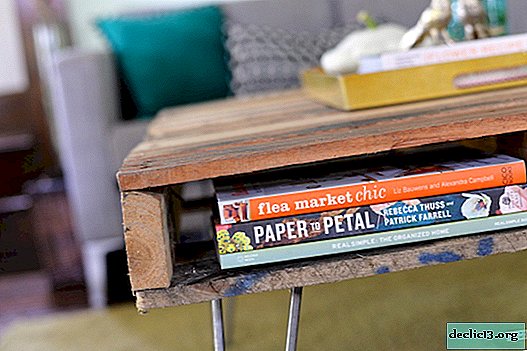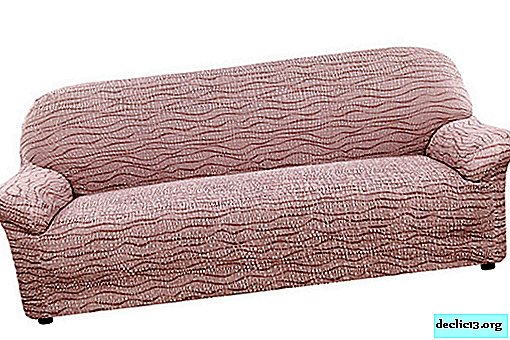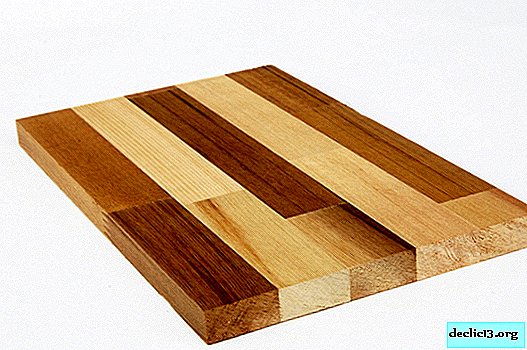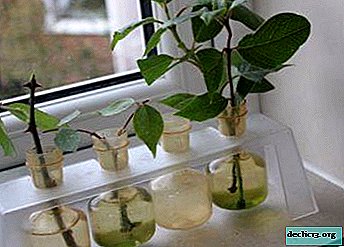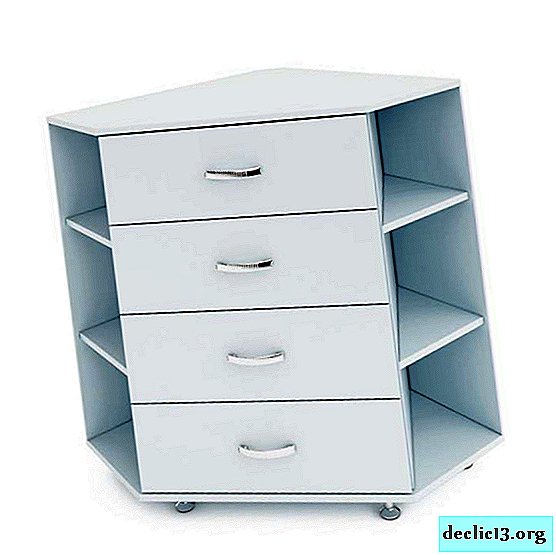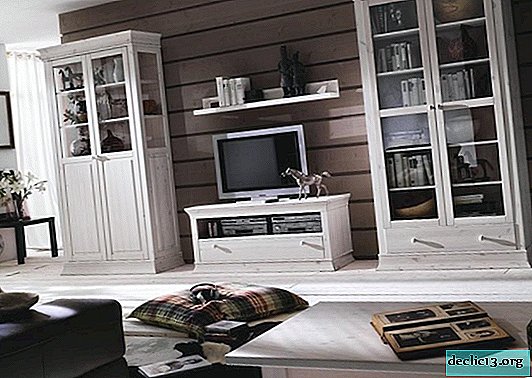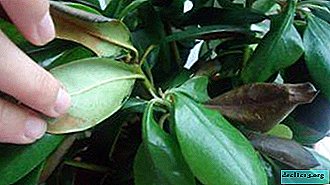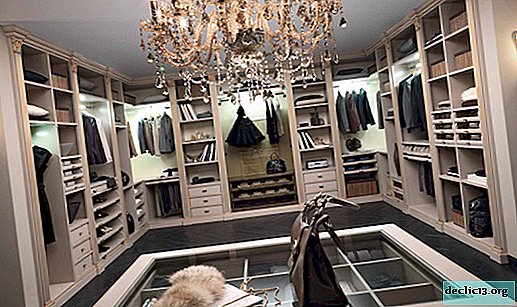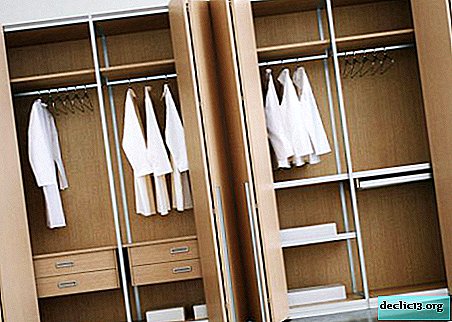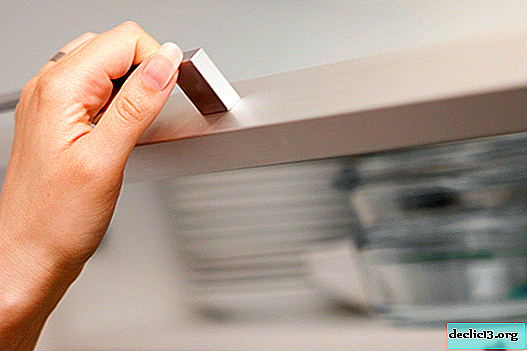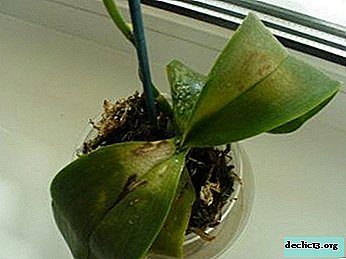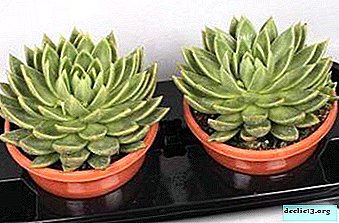Types of adhesives for mirrors, application technology for different surfaces
The value of the mirror in the house is difficult to overestimate. In addition to its main function, it helps to visually increase the space, even acts as a decorative element. Quite often, reflectors are sold without a special frame and fasteners. In this case, you will need to purchase glue for mirrors that is suitable for most materials. The domestic and foreign construction industry produces a wide range of these products. In order to choose the option that is most suitable for all characteristics, it is worthwhile to figure out in advance how they differ and what subtleties you need to know in order for gluing to succeed.
Mirror Adhesive Requirements
When choosing a suitable product, even high-quality, from a well-known brand, it should be ensured that the composition was not just for glass, but specifically for mirrors. The fact is that some of them may contain components that destroy the amalgam (reflective layer), which over time will lead to the appearance of spots on the mirror surface. Also, the composition for fastening should not contain acids and alkalis.
You should not use universal glue for mirrors, since it can also ruin the amalgam. This is due to the fact that manufacturers, in an effort to reduce the cost, add chemicals to it that damage reflective surfaces.
When choosing, the material of manufacture and the specifics of the room in which the mirror will be located are no less important. Since the dimensions of the glass change with temperature differences, glue should be used for bathrooms and showers, which not only withstands high humidity, but is not afraid of cold and heat. If it is not flexible enough, after drying, a solid substrate forms on the surface, as a result of which the glass may crack. Accordingly, the mirror will hold securely only if the adhesive composition has good elasticity and adhesion.
Types of glue are divided into two categories: neoprene and acrylic, each with its own properties. Neoprene contains rubber, therefore, has a strong odor, but good adhesion. Acrylic is environmentally friendly, but may not be used everywhere. Water solubility makes it undesirable to use it in rooms with high humidity, such as a bathroom and kitchen.
Requirements for quality glue for mirrors:
- The absence of toxic substances, alkalis and acids in the composition.
- High adhesion to various materials.
- Light or transparent color.
- Fast drying time.
- Elasticity.
Using glue with the wrong composition can cause unwanted effects. At best, these will be dull spots on the surface; at worst, the mirror may simply fall.
The cheapest option is solvent based adhesive. Silicone are chemically neutral compounds and provide good adhesion. But their drying time is slightly longer. Therefore, it is easiest to work with a fastener with a hybrid composition. Its high cost more than pays for a quality connection.
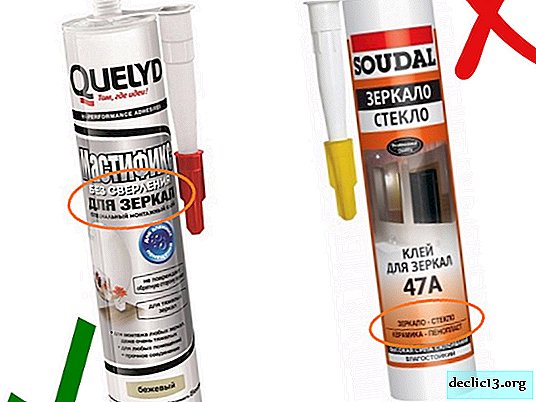 The glue should be designed not just for glass, but specifically for mirrors
The glue should be designed not just for glass, but specifically for mirrors The glue must be resistant to temperature and humidity
The glue must be resistant to temperature and humidityPopular adhesives
The main criterion for choosing glue is the presence of high adhesion. Many well-proven compositions, for example, silicone sealant, will suit it. Non-standard solutions are also possible, as an option - you can glue a mirror on liquid nails. For the bathroom, a composition designed for aquariums is also suitable. Among all the variety, Titan and Abro products are especially popular.
Titan
It is used to work with different surfaces: concrete, metal, tile, brick, paint, wood, drywall. Reliability is provided by the organic resins and synthetic rubber that are part of the composition. Main advantages:
- high adhesion;
- water resistance;
- elasticity;
- strength;
- amalgam preservation;
- ease of use.
Titan is applied to the surface from which the fat is previously removed. The distance between the strips of glue is 5 cm. They retreat 2 cm from each of the edges. If the position of the mirror does not suit after gluing, it can be corrected within a few minutes.

Abro
Durable adhesive for mirrors with increased adhesion. The base is epoxy. It is used for joining various materials with glass. It can be used for gluing the glass itself, which plays an important role when it is necessary to fix the breakaway piece. When fully dried, it retains transparency. There are no yellowish smudges. When applied in a bathroom, humidity does not spoil the quality of the seams.
On sale comes in a kit consisting of two ampoules. One of them contains a direct adhesive, and the other activator. Before starting work, the noses are cut from the ampoules, their contents are squeezed out into the container and mixed thoroughly. An adhesive is drawn up with a syringe and coated with glued surfaces.

Loctite
Composition of two components: glue and activator. The contents of the package are enough for one or two mirrors, depending on the size. Before application, the parts are mixed and applied to the amalgam in an even layer. Advantages: quick drying, color preservation, lack of smudges. The product is also available in the form of an aerosol, which facilitates the task. High efficiency is combined with cost-effectiveness.

Permatex
It is used mainly for car mirrors, however, the properties of the composition allow it to be used in everyday life. It is highly resistant to temperature extremes, so it is suitable for the bathroom. Available in a tube. It looks like a clear liquid. The basis is cyanoacrylate resin, which provides high adhesion and quick hardening. The composition does not contain solvents. The advantage is that the adhesive consists of one component, so there is no need to mix it, which saves time.

Dodedeal
Silicone based sealant. It has a wide range of applications. Often used for gluing mirror tiles and other decorative elements. When applied to the surface forms a uniform coating. It has heat resistance. Elasticity and durability guarantee high reliability. Advantages: good adhesive properties, transparent color, moisture resistance, long service life, ease of use, low price. Among the shortcomings - it does not withstand heavy loads, therefore it is not suitable for massive mirrors.

What is an auxiliary fixture
Before mounting the mirror to the wall, especially if it is large, you should consider how to hold it until it is completely dry. In this case, various types of auxiliary hardware will come to the rescue. When gluing small mirrors, you can use not the adhesive itself, but lighter types of fasteners. The most popular types include liquid nails and double-sided tape. Each of the methods has its own sphere of application depending on the material.
The advantage of liquid nails over other methods is that they create a strong connection, even if the parts to be glued do not fit snugly together, which is especially important for porous materials. This greatly simplifies the installation of uneven surfaces. Basis - synthetic rubber with polymer additives. A great advantage is elasticity.
Before gluing the mirror with liquid nails, you will need to purchase a special gun into which the cartridge loaded with glue is inserted. Outwardly, it resembles a syringe. By applying pressure, the adhesive composition is applied to a degreased surface pointwise or serpentine. The use of liquid nails for a mirror is advisable when the reflector is to be glued onto a wallpaper or drywall.
An alternative to this method is double-sided tape. It is a tape on both sides of which an adhesive is applied. On one side it is protected by a film. Can withstand only lightweight canvases of small size. Pieces of tape are evenly distributed over the defatted back surface. Then they remove the protective film and press it to the material. Thus, you can glue the mirror to the cabinet or any other furniture. The method is suitable for beginners, since with roughnesses the adhesive tape is easy to remove and re-stick.
 Liquid Nails
Liquid Nails Double-sided tape
Double-sided tapeBonding technology
The algorithm of actions depends on the type of material on which the mirror can be glued. The surfaces on which the composition will be applied must be degreased first. The use of glue on the back is possible not only with stripes, but also with dots. When fixing large mirrors, support should be prepared. When working, it is necessary to observe safety measures: provide fresh air, use personal protective equipment, hold a spray can or tube with glue in such a way as to prevent contact with eyes. In addition, you should make sure that the expiration date of the funds has not expired.
To furniture
In order to save space, mirrors are often fixed on furniture, it can be wood, plywood, particleboard, MDF. Before gluing a mirror to a tree, all surfaces should be degreased with a solvent. What glue can be used for these purposes is a specially designed or colorless building silicone.
When choosing how to glue mirrors to plywood and similar materials, you should rely on the weight and dimensions of the reflector. For a small light product, you can use liquid nails, and for a massive one it is better to take a more reliable composition. What else you should pay attention to is the state of the surface - if it is not coated with varnish or a laminating composition, it must be sanded with sandpaper and degreased.
If you have to stick a mirror on the cabinet door, the latter should first be removed from the hinges. Then attach the product to it and outline it around the perimeter. After degreasing, stick double-sided tape on the door with strips of small width at a distance of 10-20 cm, depending on the width. Apply glue between the strips. After the composition has dried, the door can again be placed on the cabinet.
 Check dimensions
Check dimensions No gap should form between the mirror and the door
No gap should form between the mirror and the door Degrease element surfaces
Degrease element surfaces Apply glue
Apply glue Stick a mirror
Stick a mirror
To the wall
It is not difficult to pick up glue on the wall for the mirror. The industry produces various types that allow you to attach the reflector to metal or concrete. But how to glue the mirror to the walls, the surface of which is covered with wallpaper, is a mounting adhesive. However, it is worth considering: if the mirror weighs more than two kilograms, there is a possibility that the wallpaper will not withstand the load and slip along with the glue.
The concrete wall should be pre-coated with a primer, removing unevenness. If you plan to attach a large mirror, first glue is applied to the surface of the wall and evenly distribute it with a notched trowel. If it is painted, it does not matter which glue to put the product on. The main thing is to degrease the surface well and walk on it with sandpaper.
Before gluing the mirror, it is worth creating the optimal room temperature - from 10 to 30 ° C. The lower its value, the longer it will take for the glue to harden.
 Prepare a mirror
Prepare a mirror Apply glue with dots
Apply glue with dots Attach a mirror to the wall and support
Attach a mirror to the wall and support Lightly press the entire perimeter to fix the mirror
Lightly press the entire perimeter to fix the mirrorTo the tile
Similarly to the previous methods, before starting the process, you should clean the surface of the tile from debris. For degreasing use alcohol, acetone or white spirit. This should be done in several stages, each time waiting for drying.
Some problem is the difference in height between adjacent tiles, which can lead to skewing of the mirror and its loose fit. To avoid this, you should level the surface by applying a layer of plaster on it. Before gluing the mirror to the wall in the bathroom, it is recommended to use sealant.
If the mirror has a large area, installation of a support base is necessary.

How to glue two mirrors
The need to glue together two surfaces arises when an old mirror that has lost its appearance cannot be removed. To complete the task as efficiently as possible, you need to apply a suitable composition along the perimeter of both parts and press them together. After complete drying, seal the end gaps with sealant.
Before gluing the mirrors with ribs, it should be noted that connecting the side faces requires maximum accuracy and accuracy. The front side of an already hanging product must be previously cleaned of dirt and dust. Do not remove the mirror, as during subsequent installation, a small bonding area may not withstand and burst.
To seal a fragile mirror surface, it is important to take into account the weight and dimensions of the product, the material to which it will be attached, and the room temperature. Bonding will be reliable only if you choose a high-quality composition and act strictly according to the instructions.
 Apply double-sided tape on one of the mirrors, remove the protective tape and connect the products
Apply double-sided tape on one of the mirrors, remove the protective tape and connect the products

